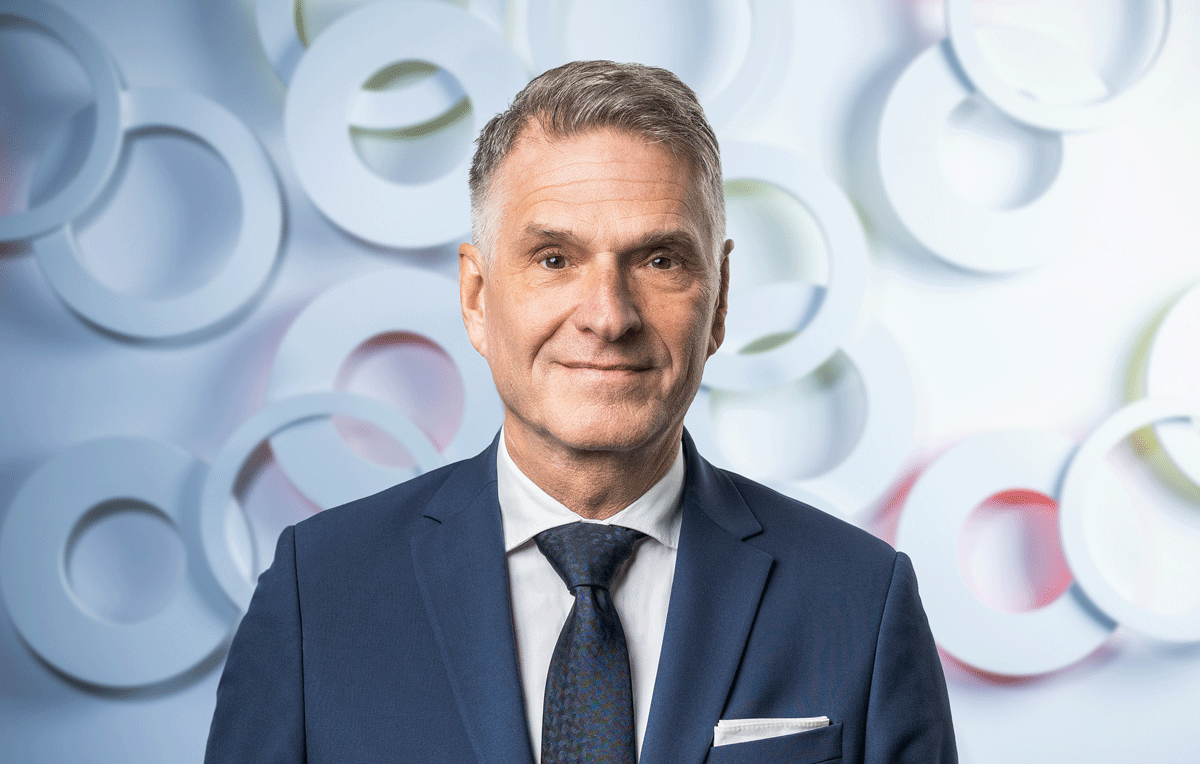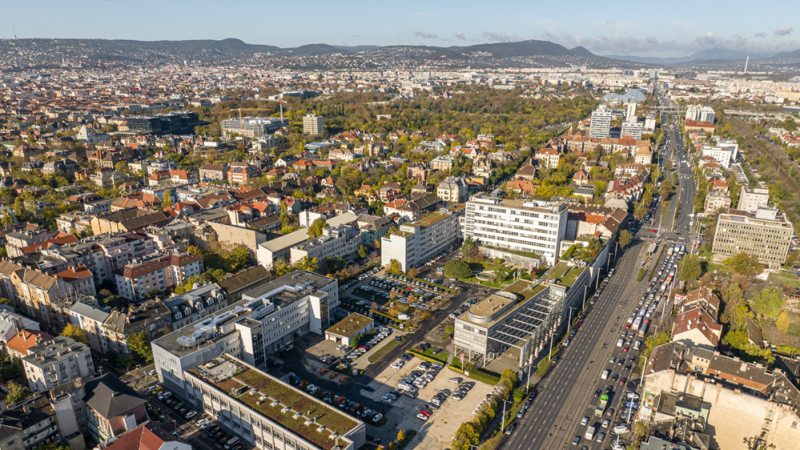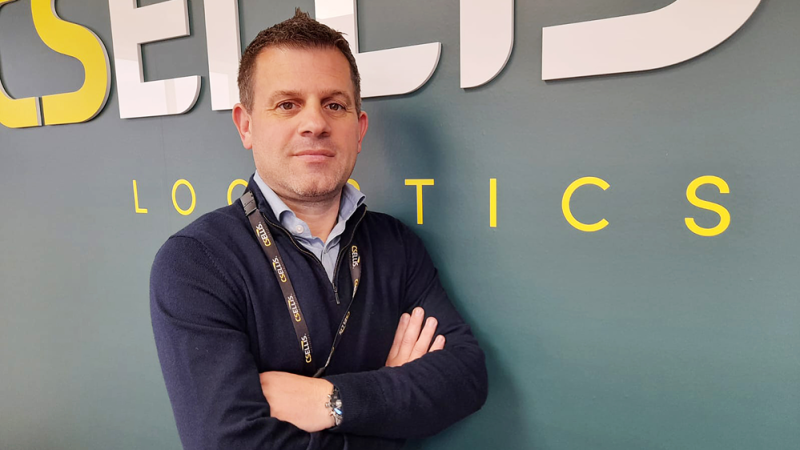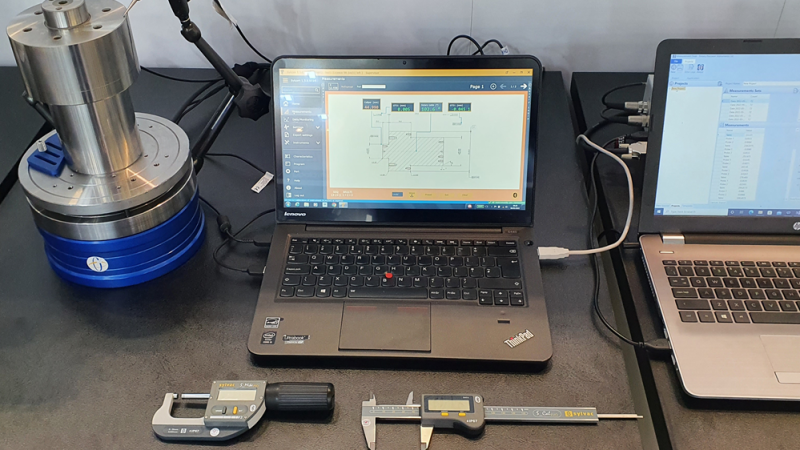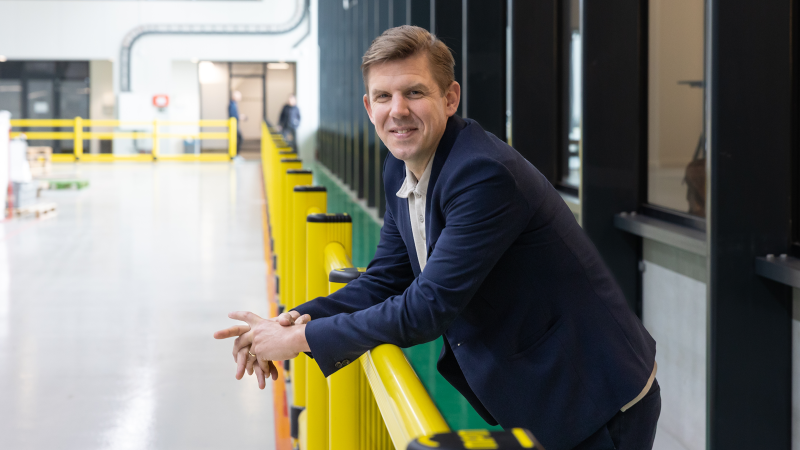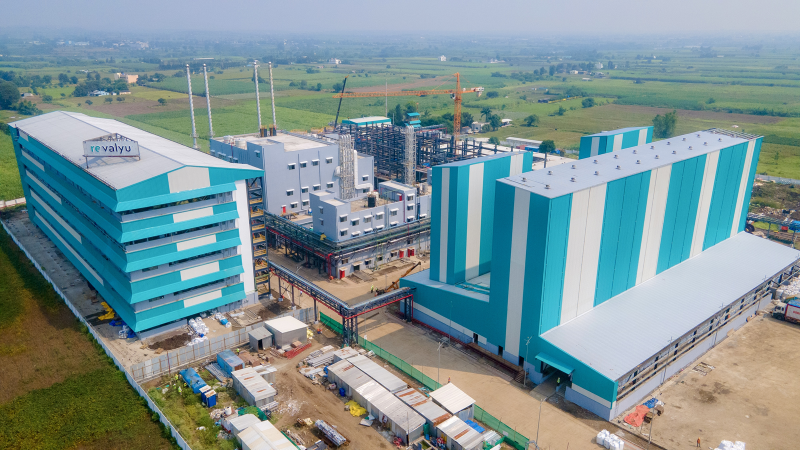Hoberg & Driesch was founded in 1948 by Peter Hoberg and Tony Driesch, operating for more than 60 years exclusively in the German market as a family-owned company. When the founders retired without any other family members ready to take over the company, it began employing Managing Directors as CEOs, including current CEO, Hanns Westendorf.
“From the beginning, we were one of the leading stockholders in Germany in steel tubes, but around the millennium we realised there was no space for growth anymore because our market share was close to 30% to 35%,” Westendorf says. “I joined the company in 2009 and my strategy was to take part in the consolidation of the German steel tube stockholding market and take the company international.”
Today, Hoberg & Driesch is one of Europe’s leading wholesalers of steel piping. The firm stores 80,000 tons and sells over 200,000 tonnes of steel tubing a year and has grown its presence to servicing nine countries with three international processing plants across three countries. Furthermore, in its central warehouse in Düsseldorf, Hoberg & Driesch runs one of the biggest automated high-bay systems with 8,500 storage units and approximately 11,000 tons of seamless tubes.
“In 2015 we took a further step into the processing business,” Westendorf says. “We decided to invest in adding value to attract business, especially in the direction of the automotive industry. Meanwhile, we offer almost complete solutions to automotive suppliers.”
From there the company has grown to a team of 650 people, and a turnover of 650 million euros, with three-quarters of its turnover in stockholding for steel tubes and the remaining quarter in processing.
It has established itself as a business that is able to adapt and change, without ever losing sight of what is important.
“I have always called it ‘continuity in the change’,” Westendorf says. “There are changes in the markets, and in products, and the challenges we and our customers face, but throughout that, the company always stands for continuity. We have very little fluctuation in terms of staff. I am only the fourth CEO in 76 years. That is a long time with only four people running the company. That stands for continuity and that is very much appreciated by our customers.”
Part of that continuity comes from Hoberg & Driesch’s clear product policy and the partnership with their main suppliers. The firm works across eight big product groups, in the carbon steel tubes market.
“We are a big company, we have a big assortment of products, and that makes the company strong,” Westendorf tells us. “We are not changing our policies year by year, but we remain clear that our products have traceability. That is the recipe to be successful down the decades.”
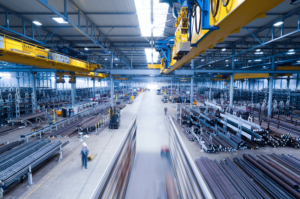 Fast and Responsive
Fast and Responsive
It is this ability to balance change and stability that has allowed the company to navigate the challenges of the industry. First, there was Covid, when the industry went from one extreme to the other and Hoberg & Driesch had to adapt quickly to keep up. Then, when the Russian invasion of Ukraine began, energy prices skyrocketed, and Hoberg & Driesch had to adapt again.
“At the end of the day, that we are able to do that is due to the very few layers we have in the company,” Westendorf explains. “There is always a quick response to questions from staff. Personally, I think other companies are much slower in their reaction to changing environments.”
It is an approach that is seen most clearly in the company’s approach to acquisitions.
“That is also something we always see when it comes to an opportunity to buy a company, we don’t run around the houses for years,” Westendorf says. “We have very quick, fast coordination with our supervisory board, and decisions are taken in a very short time.”
Of course, to make decisions quickly, you need the right people to make those decisions. The company maintains a low rate of replacement, which is part of where its stability comes from.
“We have very little turnover within the company, so we do not often need to replace people,” Westendorf says. “When you invest in a company, it keeps the turnover low. We pay people fairly, and we create a good atmosphere across all our different departments. We have a policy from the top to the shop floor that people know what is expected of them and what they can expect from the company.”
It also helps that Hoberg & Driesch takes care of its employees – particularly during times of crisis such as the Covid pandemic.
“We had to go on short work, paying to fill the gap between what people got from the state and their full salary. That was highly appreciated by our workers,” Westendorf recalls.
When the company does need to recruit new talent, it takes people at the start of their careers and offers them a promising path forward.
“We have people from school starting here in the stock rooms, the machining shop or the offices, and learning from there,” Westendorf tells us.
Hoberg & Driesch is also seeking out new skills as the company expands and changes.
“We are looking for people who are good with languages,” Westendorf says. “We need people with two or three languages, which we did not need when we were only based in Germany.”
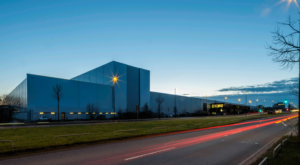 Consolidation and Growth
Consolidation and Growth
Looking to the future, Hoberg & Driesch’s pillars of stability and flexibility remain central to its strategy. When we talk with Westendorf, he is looking to use those pillars to support big plans for future growth.
“The total mechanic engineering market is mature in Europe,” he says. “I believe there will always be a need for a strong partner in logistics who can supply just in time, and I believe people want partners who are loyal to them. They want partners who are not changing their sales policies from one year to the next. We offer a steady partnership on both the purchasing side and the sales side to our customers. Moreover, our investments during the last 15 years have certainly made us one of the most efficient partners in the industry.”
As well as expanding its market presence, Hoberg & Driesch is looking to work on solidifying its foundations to provide a strong platform for future growth with new acquisitions.
“We feel there is a need for consolidation in the European steel tube stockholding market,” Westendorf shares. “We want to play a major role in that. We are in the market looking for opportunities to buy companies in Germany and elsewhere. Poland is one potential target for us.”
Westendorf explains that Hoberg & Driesch is not only growing in terms of turnover and geographic footprint. It is also expanding its market coverage, growing its presence in the processing sector for the automotive industry and looking at ways to move along the supply chain to add further value.
“We want to grow in the components sector of the automotive industry, as well as consolidating in steel tube stockholding,” Westendorf says. “We are going to be actively looking for companies to acquire while enlarging our processing business. It all comes down to what I said at the beginning, the key for us is continuity in change. The market is changing, and requirements are changing, but the company needs to show continuity for its customers. To this end, Hoberg & Driesch supports the sustainability ambitions of our partners and customers in the tube industry. Customers are increasingly seeking sustainable solutions. Therefore, we do a lot to improve the carbon footprint of our company and the products we offer.”
